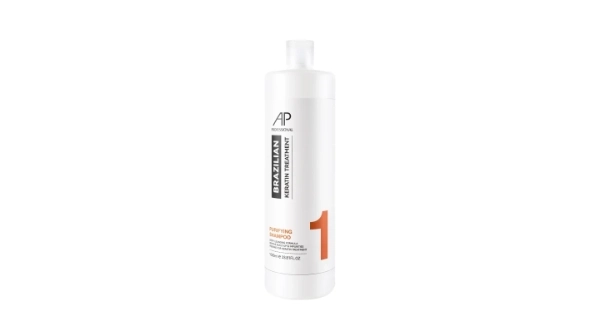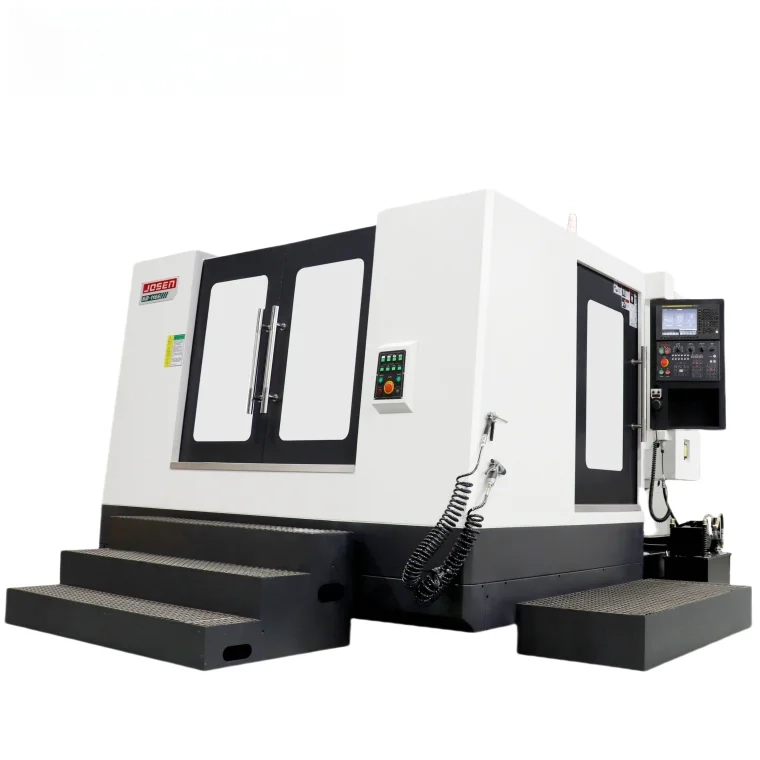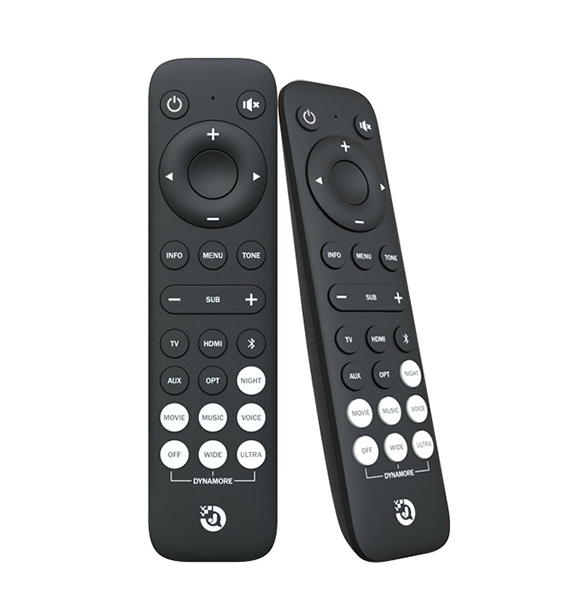When it comes to soldering in the realm of electronics, the choice of soldering iron can significantly impact the quality of your work. Among the various options available, a 60W soldering iron often emerges as a popular choice for both hobbyists and professionals. But is a 60W soldering iron truly good for electronics? This article delves into the nuances of soldering iron wattage, its implications for electronic projects, and best practices to ensure optimal results.
Understanding Soldering Iron Wattage
The wattage of a soldering iron is a critical factor that determines its heating capability and overall performance. A 60W soldering iron strikes a balance between power and control, making it suitable for a variety of electronic applications. However, understanding how wattage affects soldering performance is essential.
- Heat Generation and Recovery: A 60W soldering iron heats up quickly and maintains temperature effectively, which is crucial for soldering components without damaging sensitive electronics. The ability to recover heat rapidly after contact with a cold joint is vital for achieving strong, reliable solder connections.
- Versatility: The wattage of a soldering iron influences its versatility. A 60W iron can handle a range of tasks, from soldering delicate components on a printed circuit board (PCB) to larger connections in power electronics. This versatility makes it an attractive option for both beginners and seasoned professionals.
Suitability for Electronics
When evaluating whether a 60W soldering iron is good for electronics, several factors come into play:
- Component Sensitivity: Modern electronics often incorporate sensitive components that can be easily damaged by excessive heat. A 60W soldering iron, when used with appropriate techniques, allows for precise control over heat application, minimizing the risk of thermal damage.
- Soldering Techniques: The effectiveness of a soldering iron also depends on the techniques employed. For instance, using the right soldering tip size and shape can enhance the performance of a 60W iron. Fine tips are ideal for intricate work, while broader tips can be used for larger joints, ensuring that the heat is distributed evenly.
- Solder Type: The choice of solder also influences the performance of a soldering iron. Lead-free solders, which require higher temperatures, can be effectively used with a 60W iron, provided that the user is adept at managing heat. This adaptability makes the 60W soldering iron a practical choice for various solder types.
Best Practices for Using a 60W Soldering Iron
To maximize the effectiveness of a 60W soldering iron in electronics, consider the following best practices:
- Temperature Control: While a 60W iron can reach sufficient temperatures for most soldering tasks, using a soldering station with adjustable temperature settings can enhance control. This feature allows users to tailor the heat to specific components, reducing the risk of damage.
- Proper Tip Maintenance: Regularly cleaning and tinning the soldering tip is essential for optimal heat transfer. A well-maintained tip ensures that the solder flows smoothly and adheres properly to the components.
- Practice Good Technique: Employing proper soldering techniques, such as preheating components and using the right amount of solder, can significantly improve the quality of joints. Additionally, practicing on scrap materials can help users refine their skills before tackling more complex projects.
Conclusion
In conclusion, a 60W soldering iron is indeed a good choice for electronics, offering a blend of power, versatility, and control. Its ability to handle a variety of tasks while minimizing the risk of damaging sensitive components makes it a valuable tool for both beginners and experienced soldering enthusiasts. By understanding the nuances of wattage, employing best practices, and utilizing the right techniques, users can achieve high-quality solder joints that stand the test of time. Whether you are assembling a DIY project or repairing intricate electronics, a 60W soldering iron can be an indispensable ally in your toolkit.






+ There are no comments
Add yours